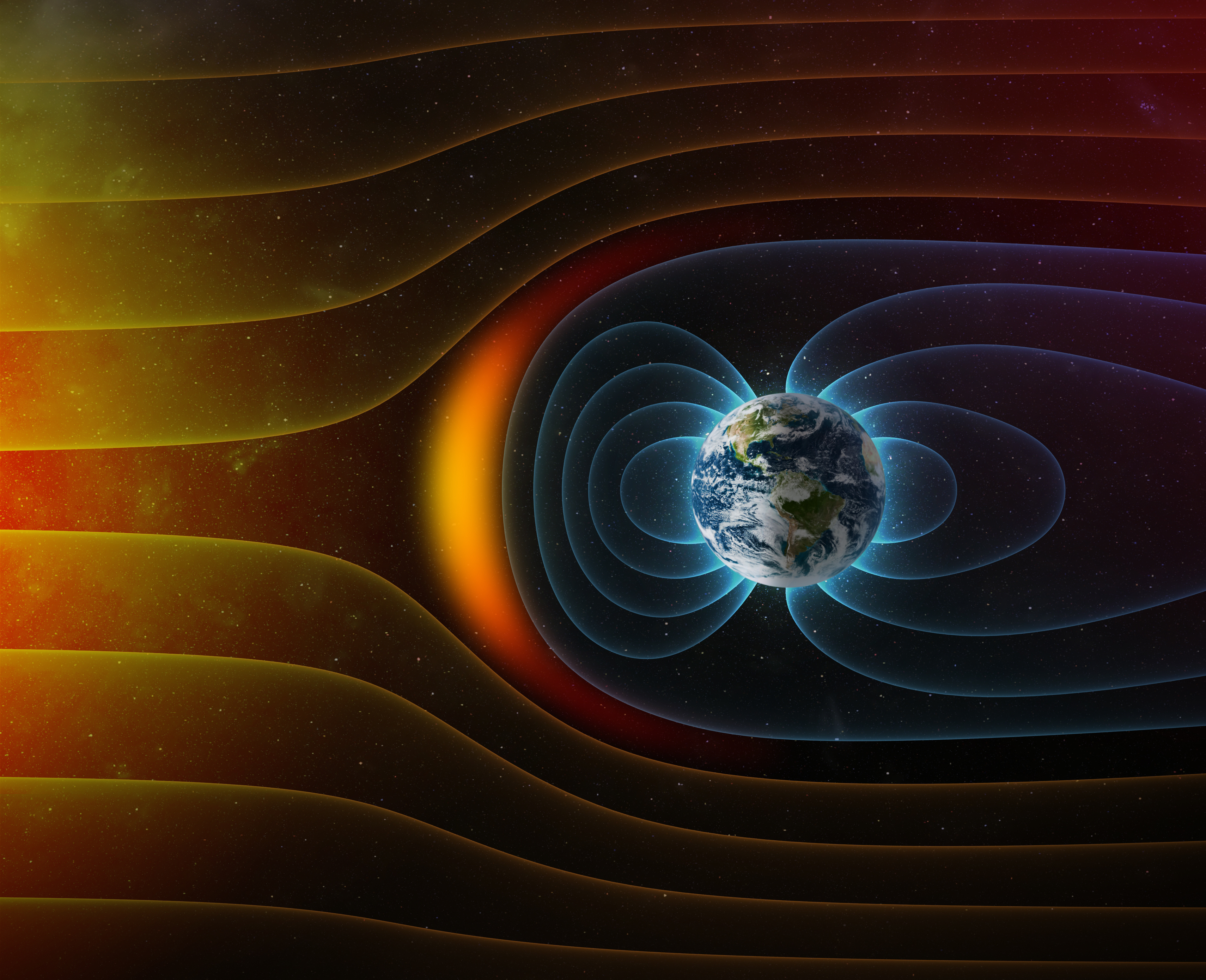Our Sun’s solar cycle will peak earlier than expected, which means the star at the center of our solar system is going to reach its solar maximum before the next forecast peak, and that could help us learn more about the star as a whole, researchers believe.
Previously, it was believed that our Sun’s solar activity would peak sometime in July 2025. However, new forecasts put that solar maximum happening much earlier than expected. And because solar activity has a very distinct effect on Earth and the technology that we rely on, it’s important to understand why this is happening.
Scientists rely on forecasts of this information to try to figure out when it is happening so that we can plan around it. For example, knowing when the solar maximum will arrive means we can better prepare for increased solar activity, which can have a distinct effect on our GPS and radio signals.

That’s why understanding when the solar maximum happens, and why it might be coming early, is so important. And, because the scientific model isn’t lining up with what we’re seeing, scientists may need to change the way they are interpreting the data that we gather from the Sun.
Instead of July of 2025, a new alternative forecast published by a team of scientists led by NASA’s Robert Leamon and Scott McIntosh posits that the cycle will peak a year earlier, in mid to late 2024. Further, the forecast suggests that the activity of sunspots on the surface will be twice the official prediction.
As far as ongoing observations go, the Sun’s current activity seems to support this alternative forecast, researchers point out in a post on The Conversation. So why are these forecasts so different? Well, much of it comes down to the model used to determine when a solar cycle ends. See, a solar cycle isn’t like a light switch. It doesn’t just turn on and off instantaneously.
Things move a lot more slowly, and they kind of fade in and out. So, depending on when the researchers estimate the end of the last solar peak, they might find a different forecast for the next one. With a solar cycle that lasts 11 years, finding the solar maximum isn’t always easy. And when the cycle peaks next year or the year after, it’ll bring a ton of potential solar flares, which we’ll need to keep a close eye on.

